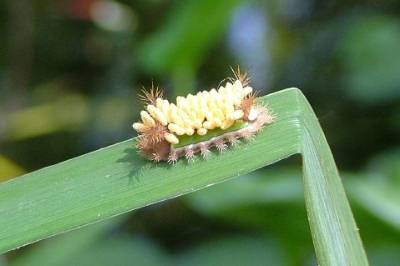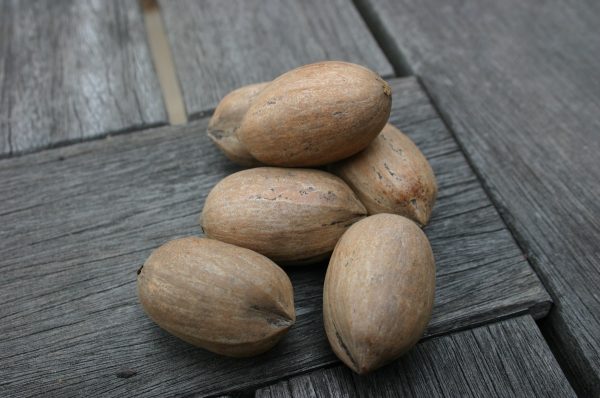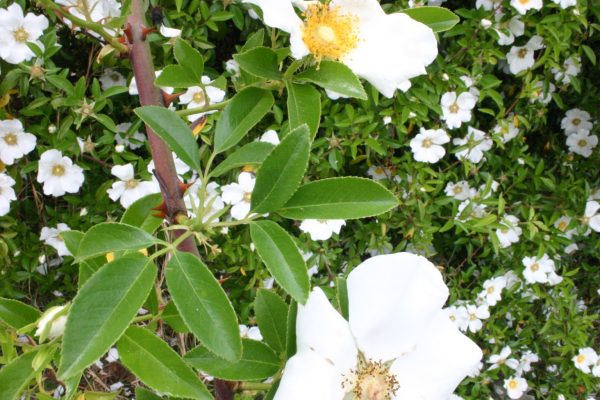Disease Control – Fungicides

A friend of mine recently told me about his drugstore bill. “It takes more than $100.00 per month to control my high blood pressure and cholesterol!” he complained. “I guess those hamburgers we enjoyed in college weren’t so good for me in the long run.”
His observation was correct. Those Bulldog Burgers (with fries) we once consumed with abandon have insidiously reappeared in our older lives.
Sure, we could have chosen rice and tofu back then …. but we were invincible college kids. We ate, drank and played like there was no tomorrow!
Tomorrow has finally arrived for my chum. It has also arrived for lawn owners who are dealing with brown patch caused by excess rain this summer. Rose growers report that black spot is defoliating their plants.
Both brown patch and black spot are expensive to cure. I won’t claim that they could have been prevented in this exceptionally wet year but I do know how to lessen their spread.
BROWN PATCH Turf experts agree that overwatering is the biggest condition that leads to brown patch. Even so, I’ve seen irrigation systems merrily spraying the day after a heavy rain soaked a lawn. If there has ever been a summer when irrigation controllers could be turned off, this is the one. No lawn should be watered more than once per week. Irrigate if rainfall doesn’t happen but otherwise let your lawn dry out for at least six days between waterings.
Despite letting Mother Nature handle all the irrigation duties, brown patch may still appear. In that case, chemical fungicides are called for. Two chemicals are commonly available: myclobutanil (Fung-Away Granules) and Bayleton (Fung-onil, Bayer Advanced Fungus Control). Both do a good job curing lawn diseases – but the process will be expensive. One product recommends applying eight pounds ($19.99) per 1000 square feet every 14 days. A typical 5000 square foot lawn would eat up $300.00 in a month. It’s a lot cheaper to better manage irrigation and fertilizer!
BLACK SPOT I have never found a rose that was one hundred percent resistant to black spot, the most common rose disease. The tell-tale yellow leaves adorn roses throughout Atlanta to one extent or another. The best way to avoid black spot is to plant disease-resistant roses.
Earthkind(tm) roses, released by Texas A&M University, are reputed to be excellent in this regard. I have had great results from ‘Knock Out’. Others include ground-cover rose ‘Sea Foam’; dwarf shrub ‘Marie Daly’; small shrubs ‘Caldwell Pink and ‘Perle d’Or’; medium shrubs ‘Belinda’s Dream’, ‘Else Poulsen’, ‘Katy Road Pink’ and ‘Mutabilis Butterfly’; and climber ‘Climbing Pinkie’. Rose fanciers have discovered that black spot can be controlled on susceptible roses with regular applications of fungicide…but again it’s an expensive process.
Mancozeb, daconil and myclobutanil are commonly available from local garden centers and should be applied every 7 – 10 days. Two of the best rose fungicides are strobilurin (Compass) and propiconazole (Banner Maxx) but they are only available through specialty retailers on the Internet.
The price of these last two? $220.00 per 8 oz. package for Compass and $80.00 per pint for Banner Maxx!
To further prevent black spot on susceptible roses be sure to replace their mulch every fall and avoid overhead irrigation. Do your research before you buy a rose; don’t make a decision based on how beautiful it looks on the plant tag.
PREVENTION SAVES MONEY In retrospect, the burger, fries and pizza diet we enjoyed in college was tasty at the time. The bad effects, however, took thirty years to show up in my friend’s health. If he had chosen a slightly healthier diet, he could be saving $100 a month now.
I doubt if brown patch or black spot could have been completely prevented this soggy growing season. A few inexpensive steps of early maintenance and prevention, though, could have made the diseases less severe and less costly.













